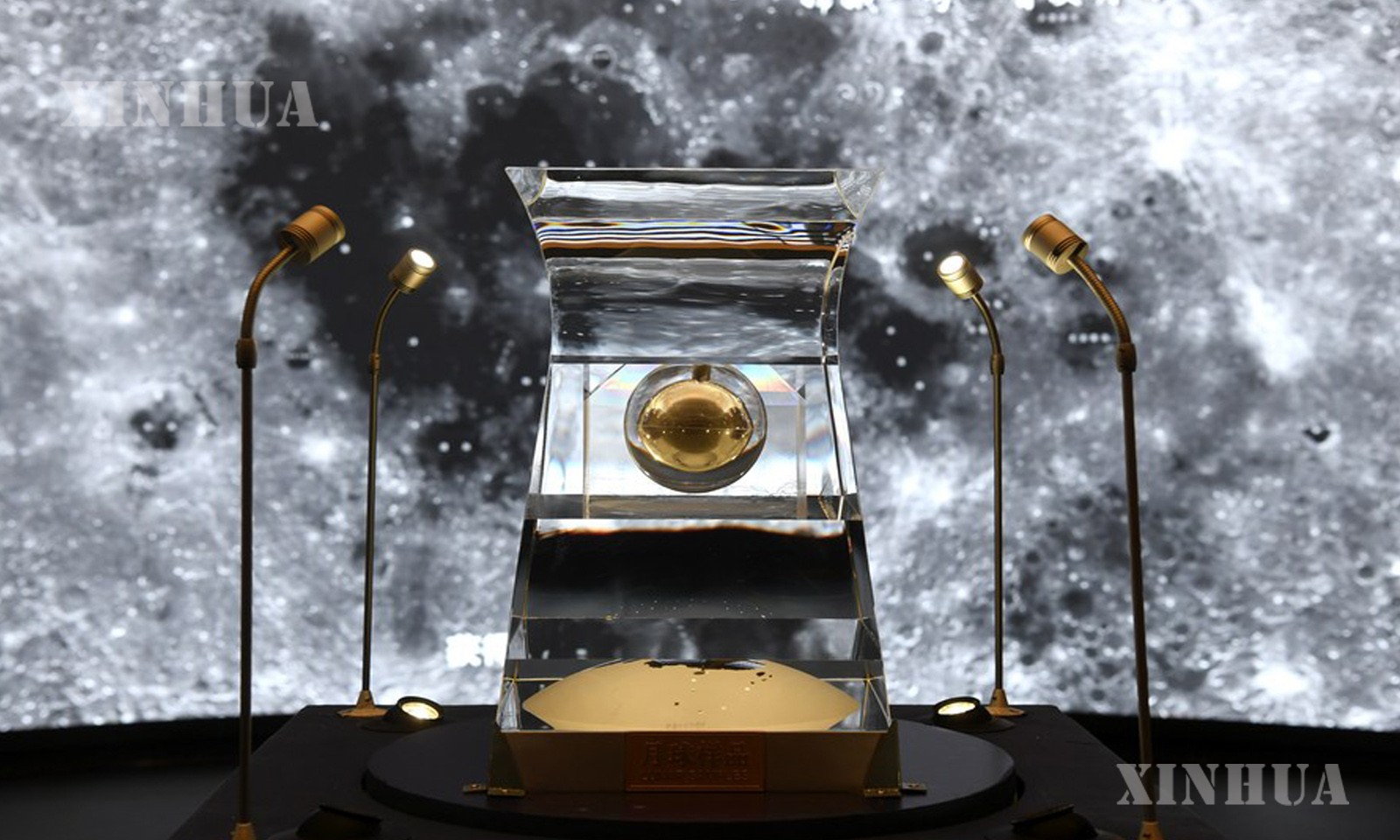China
လကမ္ဘာ၏ ဘူမိမြေပုံသစ် တရုတ်နိုင်ငံ ထုတ်ပြန်

ပေကျင်း၊ ဇွန် ၁၀ ရက်(ဆင်ဟွာ)
တရုတ်နိုင်ငံသည် ကမ္ဘာ့ပထမဆုံးဖြစ်သော လကမ္ဘာ၏ဘူမိမြေပုံအသစ်ကို စကေး 1:2,500,000 ဖြင့် ထုတ်ပြန်ခဲ့ကြောင်း တရုတ်နိုင်ငံ သိပ္ပံအကယ်ဒမီ (CAS) ၏ ဖော်ပြချက်များအရ သိရသည်။
CAS ဘူမိဓာတုအင်စတီကျု၊ အခြားသုတေသနအဖွဲ့အစည်းများနှင့် တက္ကသိုလ်များမှ တရုတ်သိပ္ပံပညာရှင်များက တရုတ်နိုင်ငံ Chang’e စီမံကိန်းနှင့် နိုင်ငံတကာအဖွဲ့အစည်းများမှ အခြားသော လေ့လာမှုအချက်အလက်များနှင့် သုတေသနတွေ့ရှိချက်များကို အခြေခံ၍ မြေပုံအား ဖန်တီးခဲ့ခြင်း ဖြစ်ကြောင်း သိရသည်။
ယင်းမြေပုံတွင် မီးတောင်ဝချိုင့်ကြီး ၁၂,၃၄၁ ခု၊ ချိုင့်ဝှမ်း ၈၁ ခု ၊ ကျောက်တုံးအမျိုးအစား ၁၇ မျိုးနှင့် ဖွဲ့စည်းမှုပုံစံ ၁၄ မျိုး ပါရှိပြီး လကမ္ဘာ သိပ္ပံပညာရပ်ဆိုင်ရာသုတေသနပြုခြင်း၊ စူးစမ်းလေ့လာရေးအစီအစဉ်နှင့် လမျက်နှာပြင်ပေါ်ဆင်းသက်မည့်နေရာရွေးချယ်ခြင်းတို့အတွက် အရေးကြီးသော အခြေခံ သတင်းအချက်အလက် ပံ့ပိုးပေးလျက်ရှိကြောင်း သိရသည်။
အဆိုပါမြေပုံကို တရုတ်-အင်္ဂလိပ်နှစ်ဘာသာဖြင့်ရရှိနိုင်သလို စက္ကူ၊ အီလက်ထရောနစ် ဗားရှင်းများဖြင့်လည်း ရရှိနိုင်ကြောင်း၊ Science Bulletin ဂျာနယ်က ထုတ်ဝေခဲ့ခြင်းဖြစ်ကြောင်း သိရသည်။ (Xinhua)
………………………………………..
(English Version)
China releases new geologic map of Moon
2022-06-10 10:14:06
BEIJING, June 10 (Xinhua) — China has released a new geologic map of the Moon on a scale of 1:2,500,000, the first one in the world, according to the Chinese Academy of Sciences (CAS).
Chinese scientists from the Institute of Geochemistry of the CAS and other research institutes and universities have created the map based on data from the country’s Chang’e project and other data and research findings from international organizations.
The map includes 12,341 impact craters, 81 impact basins, 17 rock types, and 14 types of structures, providing important basic information for scientific research, exploration planning, and landing site selection of the Moon.
The map is available in both Chinese and English, in paper and electronic versions.
It was published in the journal Science Bulletin. ■
The lunar samples No. 001 brought back by China’s Chang’e-5 probe is displayed at the National Museum of China in Beijing, capital of China, Feb. 27, 2021. (Xinhua/Jin Liangkuai)






